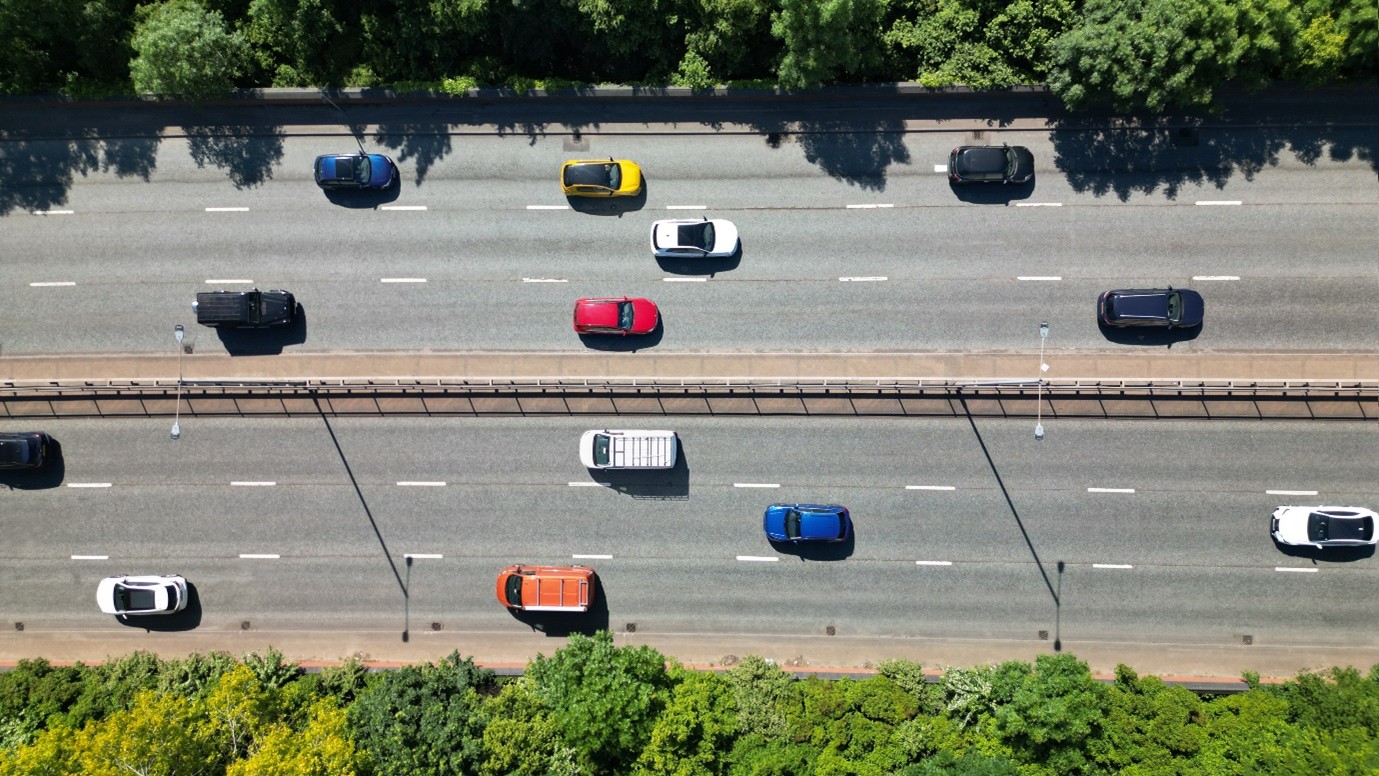Overview
An entity’s interim emissions value (IEV) is worked out by calculating their performance for their entire fleet of vehicles for a performance period. If their IEV is:
- Above zero, the entity has not met the requirement for the performance period.
- Below zero, the entity has beaten the requirement for the performance period. This means the entity will be issued NVES units.
- Zero, the entity has met the requirement for the performance period.
The first IEV will be issued in February 2026 for the 2025 performance period. This is also when the first NVES units will be issued.
A final emissions value (FEV) for a performance period is an entity’s IEV less any units they have extinguished to balance their IEV. This can be accomplished through purchasing units or changing their fleet mix to earn additional units prior to the FEV being determined.
Numerical precision and calculations guidance
You can access the numerical precision and calculations guidance note (PDF 287 KB) which has been developed for regulated entities to:
- Understand how the NVES Regulator calculates the IEV and FEV.
- Understand what the relevant equations are for making these calculations.
- Understand what the rounding rules are for decimal points.
- See worked examples on how these equations and calculations can be applied.
Scenario 1: IEV greater than zero
This fictional scenario is for a fleet of vehicles, focusing on the calculation for a single type within the fleet.
Bottle Brush Motors is importing a fleet of vehicles in 2025. The fleet is a mix of large sport utility vehicles (SUVs), utility vehicles (utes) and small sedans. The Divinity is a ute.
Bottle Brush Motors has already submitted their vehicle type approval(Opens in a new tab/window) on the Register of Approved Vehicles(Opens in a new tab/window) (RAV) for the Divinity. Here’s what they entered under the NVES-specific data fields
| NVES-specific data field | Entry for the Divinity |
|---|---|
| NVES vehicle type | Type 2 |
| CO2 emissions number | 280 g/km |
| Mass in running order (MIRO) | 3150 kg |
The Headline Limit (CO2 emissions target) for a Type 2 Vehicle in 2025 is 210.
The Mass Adjustment Factor is 0.0324
The Designated MIRO is 2400
The Reference MIRO is 2155
Using the below formula, we can now calculate the performance for the Divinity.
Formula: HL+MAF (DM−RM)
Calculation: 210+0.0324 (2400−2155) =217.9380
Calculating an IEV
On 31 December each year the data entered on the RAV will be used to calculate an entity’s IEV in February of the following year. An IEV is an entity’s total emissions across the fleet of cars they supply over a performance period.
Performance
It is December 2025 and Bottle Brush Motors has imported 500 Divinity utes and 2 other vehicle types. To forecast their performance for the Divinity ute, Bottle Brush Motors can use the formula below.
Formula: 𝑸𝒖𝒂𝒏t𝒊𝒕𝒚 𝒐𝒇 𝑽𝒆𝒉𝒊𝒄𝒍𝒆𝒔 𝑰𝒎𝒑𝒐𝒓𝒕𝒆𝒅 𝒙 (𝑪𝑶𝟐 𝑬𝒎𝒊𝒔𝒔𝒊𝒐𝒏𝒔 𝑵𝒖𝒎𝒃𝒆𝒓−𝑪𝑶𝟐 𝑬𝒎𝒊𝒔𝒔𝒊𝒐𝒏𝒔 𝑻𝒂𝒓𝒈𝒆𝒕)
Calculation: 500 x (280− 217.9380) = 31,031
The emissions value for the total number of Divinity utes entered on the RAV is 31,031. After entering data for the rest of their fleet, the NVES Regulator can now determine Bottle Brush Motors' IEV for 2025.
| Vehicle model | Quantity imported | CO2 emissions number | CO2 emissions target | Emissions value |
|---|---|---|---|---|
| Divinity | 500 | 280 g/km | 217.9380 | 31,031 |
| Vehicle 2 | 600 | 250 g/km | 217.9380 | 19,237 |
| Vehicle 3 | 200 | 210 g/km | 216.4803 | -1,296 |
| IEV | 48,972 | |||
Bottle Brush Motors IEV for 2025 is 48,972.
As this is above zero, Bottle Brush Motors has not met their requirement for the performance period. They have 2 years to balance their IEV otherwise they may receive a penalty when their FEV is issued.
To comply they could:
- Ensure their IEV in the next performance period is below zero and extinguish the units they earn to balance their 2025 IEV.
- Get units from another entity and extinguish these units to balance their 2025 IEV.
- Pay the penalty, if they don’t want to trade for units, or they can’t earn enough.
Read How units can be traded for information on unit trading.
Scenario 2: IEV less than zero
In 2025 Eucalyptus Motors imports a fleet of electric, hybrid and fuel-efficient cars into the Australian market. Their RAV data is in the below table.
| Vehicle model | Quantity imported | CO2 emissions number value | CO2 emissions target | Emissions value |
|---|---|---|---|---|
| Vehicle 1 | 500 | 85 g/km | 126.1250 | - 20,562 |
| Vehicle 2 | 300 | 0 g/km | 149.4202 | - 44,826 |
| Vehicle 3 | 200 | 210 g/km | 216.4806 | - 1,296 |
| IEV | -66,685 | |||
| Units Issued | 66,685 | |||
The NVES Regulator takes that data to calculate Eucalyptus Motors' IEV in February 2026 for the 2025 performance period. Their IEV is –66,685, meaning they have beaten the requirement and are issued 66,685 units.
Eucalyptus Motors may choose to trade these units with another regulated entity under a commercial agreement or hold the units for up to 3 years to extinguish against future IEVs.
These are fictional scenarios and are not based on any real regulated entity.












